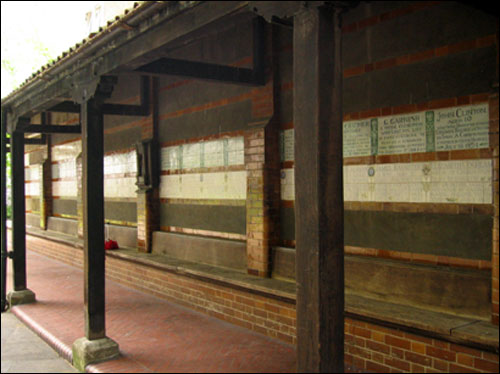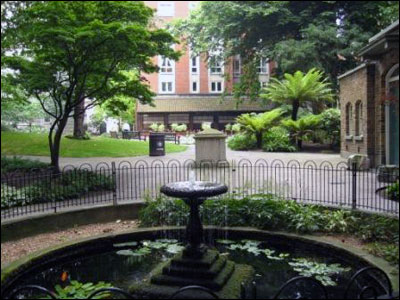I was talked into attending the Greenwich Village Halloween Parade by a few friends. Each year people dress in their strangest to be part of the festivities along Sixth Avenue.
It’s simultaneously fun and ridiculous. One of those once-in-a-lifetime events that seems to be a great idea, like driving across country and skydiving, but then as soon as you set off, you immediately can’t help wondering why in God’s name you agreed to do it.
The parade is nothing more than an excuse for people to dress and behave in ways they wouldn’t normally dress and behave. This is despite the fact that only five people actually have a view of the parade itself. Most everyone else mills about the sidelines bumping into one another, craning to get a glimpse. When my friends and I realized that we wouldn’t even get close enough to the parade to crane, we went for a drink and headed home. I didn’t find this upsetting in the least.
As it was the thirty-fourth year of the parade, the police and MTA had the proceedings down to a science, sort of. Some subway station stairs were changed to entrance only and some were exit only. They set up miles of blue police barricades to shuttle people more efficiently, and officers positioned themselves every few feet, above and below ground. One crucial bit of information they left out was to put up signs to tell passengers which station entrances to use. My friend, who takes the same train, and I tried to get underground at one of the Christopher Street station entrances. After we were halfway down the stairs, a policeman told us in an exasperated voice that this was exit only. We were to go back up and cross over Christopher Street to enter via a different set of stairs. My reasoning that we were almost to the turnstiles was met with a motion of his hand to leave.
We followed along the barricades, at a pace equivalent to the movement of tectonic plates, to cross the street. In this 50-yard walk, I saw Superman, two pirates, a pregnant nun, and the Tasmanian Devil. When we reached the station entrance we felt certain we were told to use, another policeman asked, “Where do you think you’re going?” I wished I had dressed as Dorothy and could click my ruby slippers to magically transport me home. He pointed to yet another set of stairs, this time on the same side of the street. With considerable effort we got back into the crowd and shuffled along. It was the height of the parade and throngs of people who thought they were going to see something were still pouring into the Village. Finally we got to the one place at which the police allowed us to enter the station. I swiped my metrocard and the train came within a few minutes packed with passengers. But this was no normal train. The doors slid open and the first one off was a man wearing a coconut bra over a green turtleneck. Then a menagerie of animals, long-dead historical figures, and superheroes followed. Just before the doors closed a monkey hopped out drinking an iced latte. They don’t call this the urban jungle for nothing.
- Follow us on Twitter: @inthefray
- Comment on stories or like us on Facebook
- Subscribe to our free email newsletter
- Send us your writing, photography, or artwork
- Republish our Creative Commons-licensed content


 Explorations of history and heroism in London.
Explorations of history and heroism in London. 
